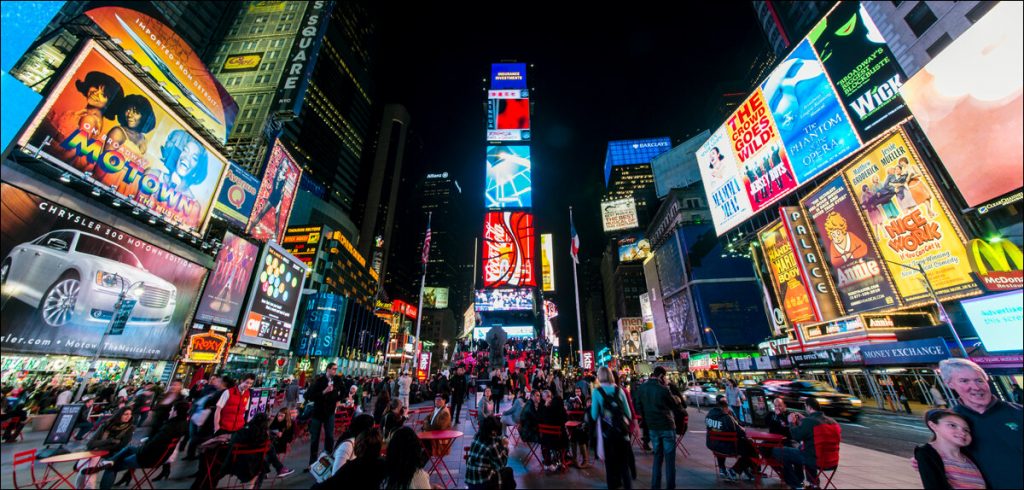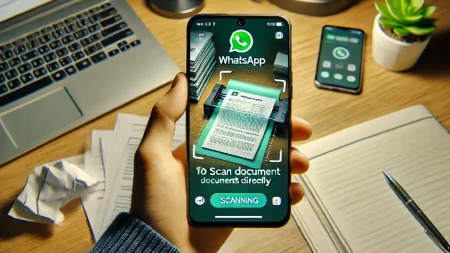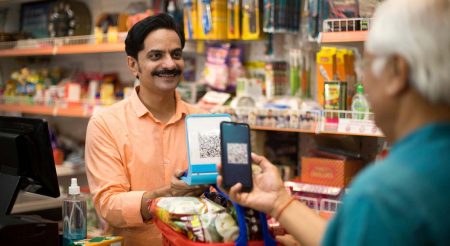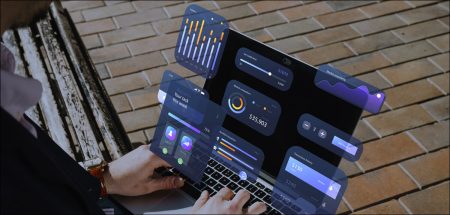Felista Gor looks back at the advent and development of digital billboards and their use in the domain of advertising.
The foundation of business communications with consumers is advertising. It allows them to present a variety of their services in a tailored, interesting, and appealing manner. Digital communication has been a factor that fosters visitor pleasure and reinforces a brand’s unique selling point. As part of their marketing efforts, companies use advertising as a platform to keep their customers in the loop about upcoming events, deals, new products, and to enhance their reputation by staying one step ahead of their competition.
Many people mistakenly believe that billboard advertising is outdated or even old school. They often believe that social media, websites, and television advertisements are relevant in this digital age. However, the popularity of billboards has continued despite these issues, and with recent technological advances they are not going anywhere.
So, what is the origin of billboard advertising?
The idea of billboards came about in the 1830s and thereafter became a popular form of advertisement in the 1860s. The world’s first 24-sheet billboard was displayed at the Paris exposition in 1889 and later at the World’s Columbian Exposition in Chicago in 1893. This became a stepping stone for the adoption of billboard advertising in various industries like circuses, travel shows and movies.
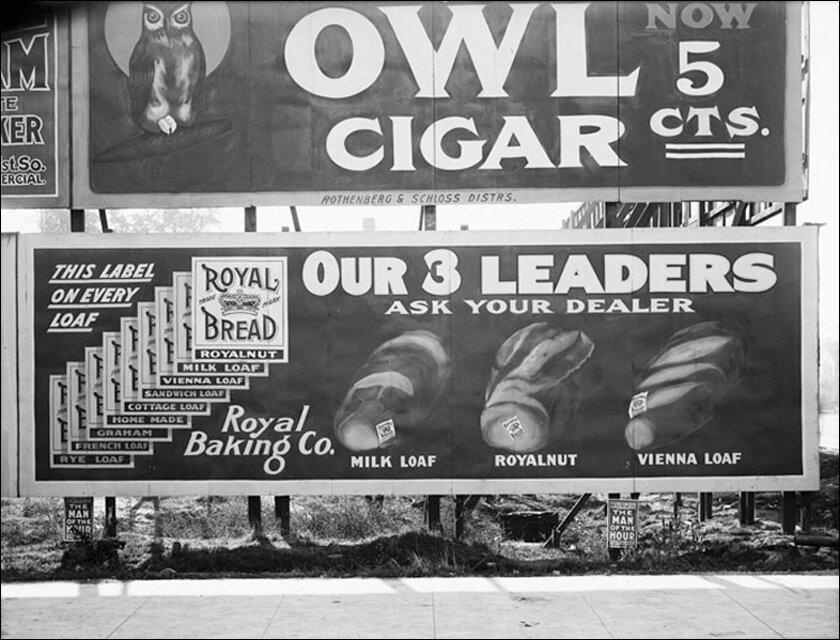
The rapid advancement in technology has enabled billboard advertising to grow tremendously over the years. Recently, digital LED screens have replaced large sheets of paper formerly used for advertisements. This new digitized way of advertising was introduced to the market in early 2005.
What are digital billboards?
Digital billboards are computer-controlled LED displays capable of displaying words, symbols, advertisements, or images. They work by emitting LEDs, where each color is created using a single red, green, and blue LED. Advertisements are sent remotely to the digital billboard, where they are changed automatically. Advertisements normally rotate in a slide show fashion every 6–8 seconds or more, depending on the type of advertisement.
Initially, only large companies and well-established businesses had the funds to venture into billboard advertising. However, with the increase in social media usage and internet accessibility, the digital advertising companies have turned on their innovative gears and created a more affordable pricing strategy that accommodates businesses of every financial capacity.
Digital billboard usage worldwide
According to a Research and Markets report, the global digital billboard market is valued at $20.64 billion, and it is estimated to rapidly grow and reach $29.08 billion in 2028.
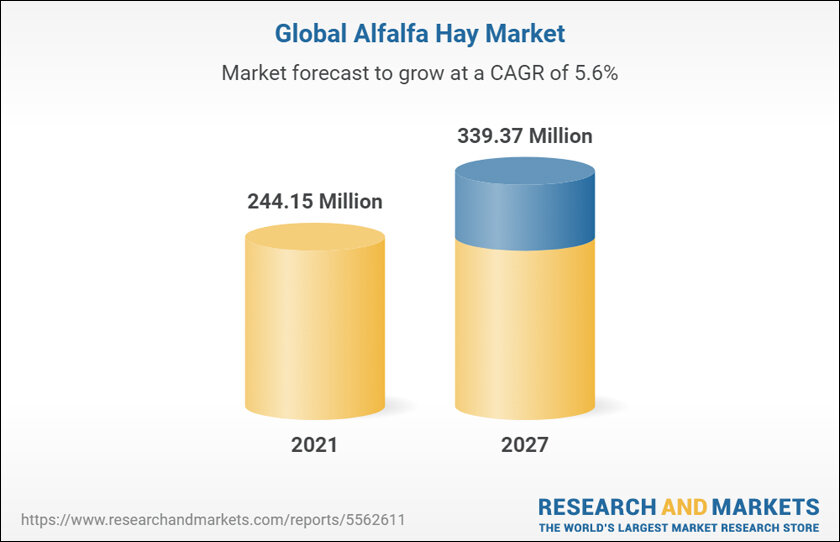
Marketers normally have a keen eye on such statistics. To them, these results are a significant indicator that the market is rapidly expanding and that it is necessary to provide innovative solutions through digital billboard advertising to meet the high demand.
Use cases for digital billboards
Organizations have become proactive by going above and beyond to create advertisements that are impactful through digital screen technology. We are going to go through some unique examples of how companies have used digital billboards for advertisements.
In 2017, a digital billboard was created in Sweden that would “cough” whenever a person passing by was smoking. It would then trigger and show anti-smoking advertisements to encourage viewers to kick this bad habit. This was achieved by installing a smoke detector near the billboard and producing a way to make the billboard interact with the environment and then trigger an ad.
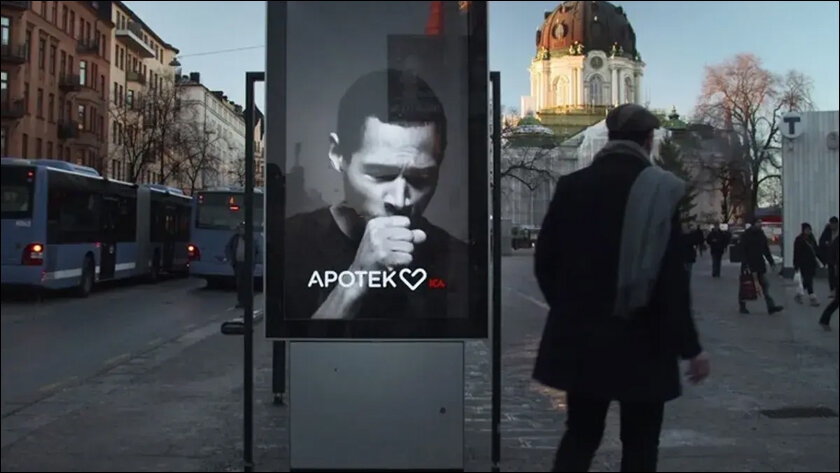
Personalization has been included into digital billboards through interactive advertising. They primarily employ Outside of Home technology, which enables them to target their viewers based on specific criteria such as the sort of car they drive and even their location. A company called Fiat created a customized digital billboard. They built a digital billboard near a parking lot that guided cars in parking their automobiles interactively.
Facial recognition technologies and audience measurement have been applied to certain digital billboards. A nice example is the “Girl Detection Billboard” created by Astra Beer. The billboard is outfitted with a facial detection camera that scans the face and determines the gender and age group of the person passing by. Based on the information gathered, the billboard, is also able to tell if viewers are under the age of 16, the legal drinking age in Germany, and tell youngsters to keep moving. When that happens, one of seventy pre-recorded videos featuring German comedian Uke Bosse plays on the billboard. If you are a woman, he tells you (humorously, presumably) to try Astra beer. If you are a man, he tells you to take a hike.
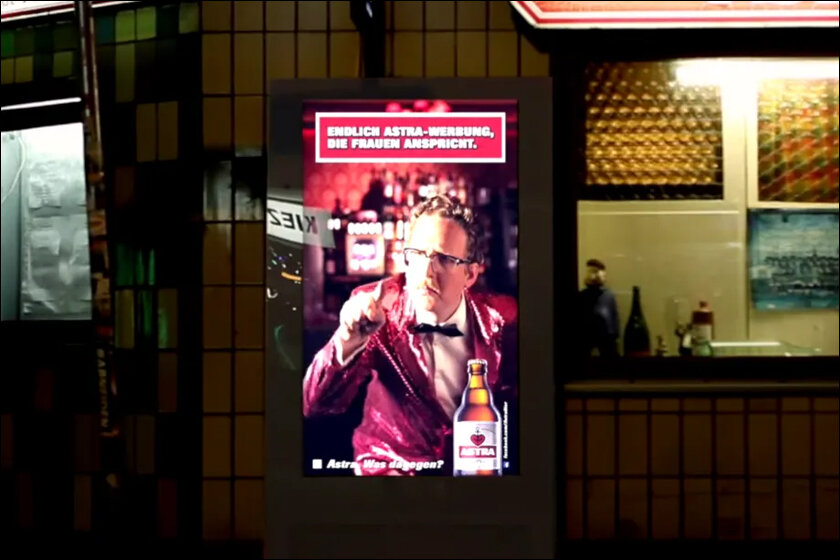
Marketers have also persuaded viewers to interact with the adverts on their mobile devices thanks to digital billboard advertising. An interactive digital billboard that people might use to stop abusive circumstances was developed by the National Center for Domestic Violence in the UK. These billboards use near-field communication and Quick Response codes, which give viewers an easy method to interact with the advertisement. The digital billboards invite viewers to scan the QR codes so they may get more information about the advertisement or even download apps linked to the material.
Utilizing 3D visualizations is the newest method of advertising on digital billboards. This has been apparent in nations like Japan, China, South Korea, and India, and the rest of the world will catch up very soon. It can take you a while to truly comprehend how realistic these billboards are because their designs are so detailed. Sometimes whole streets have been brought to a standstill because of these billboards as people marvel at the fantastic results that digital billboard commercials have produced.
Final thoughts
It is undeniable that technological improvements, together with market innovation, have resulted in the production of unforgettable and spectacular outdoor advertising experiences. The large and high-quality digital screen sizes have also facilitated digitalization, allowing animations, 3D art, and so on to be included. Advertising on digital billboards is not going away anytime soon. New technologies mixed with creative ideas will undoubtedly result in better advertising experiences than what we currently have.
In case you missed:
- None Found



